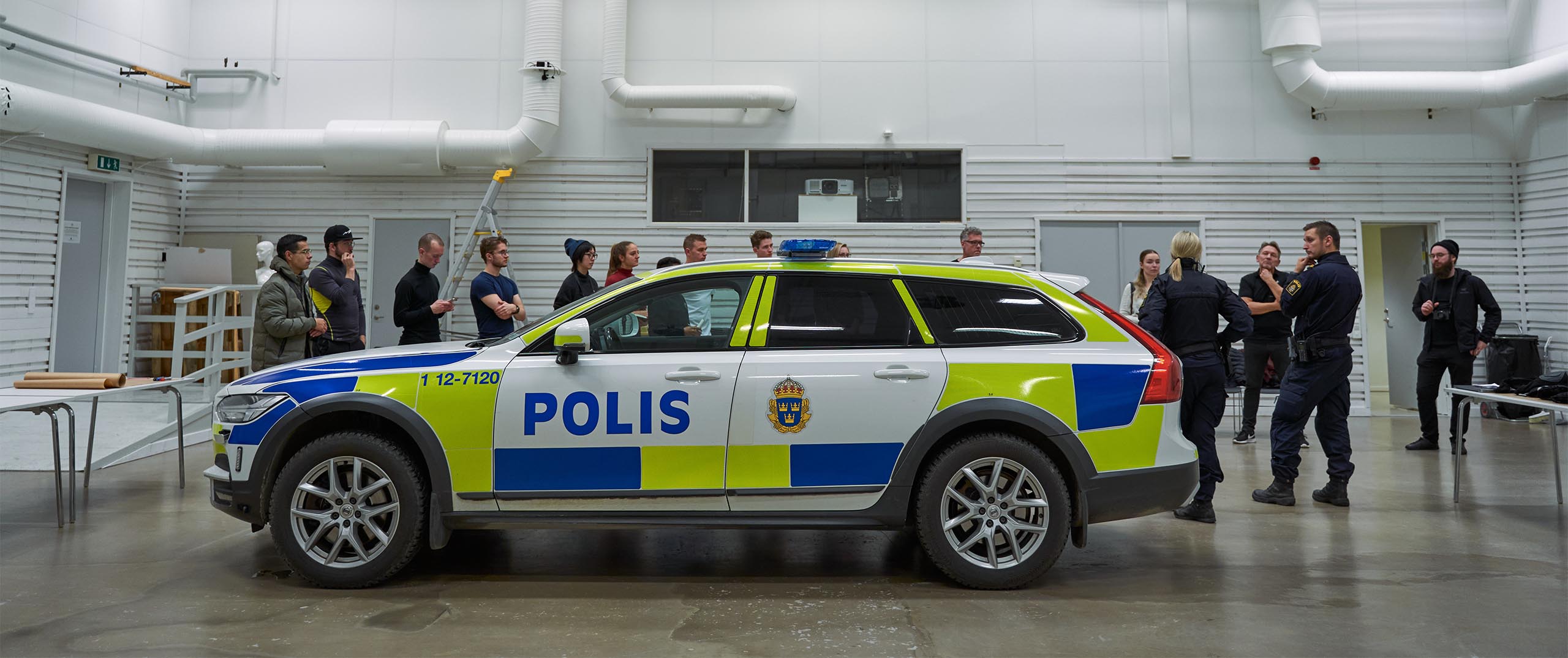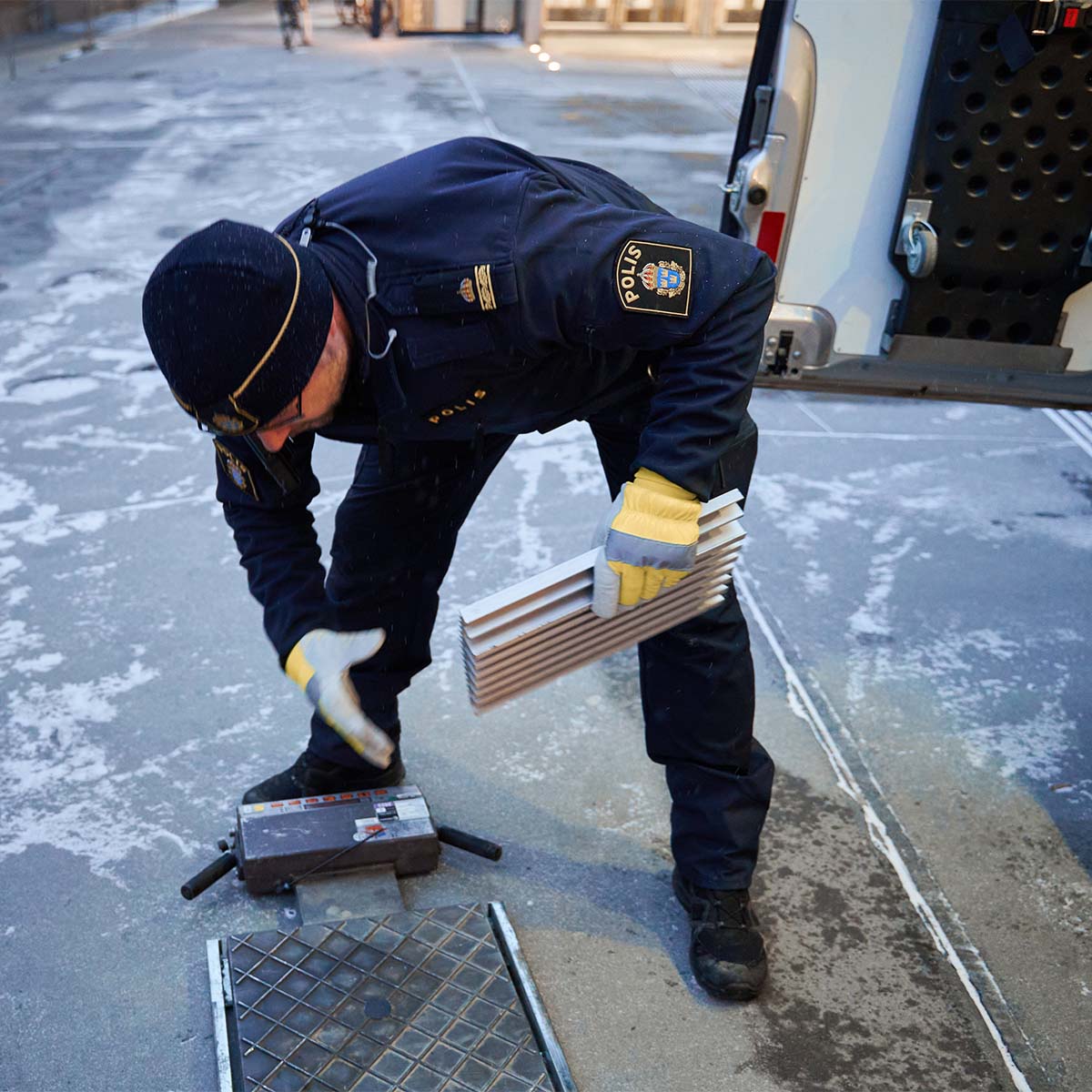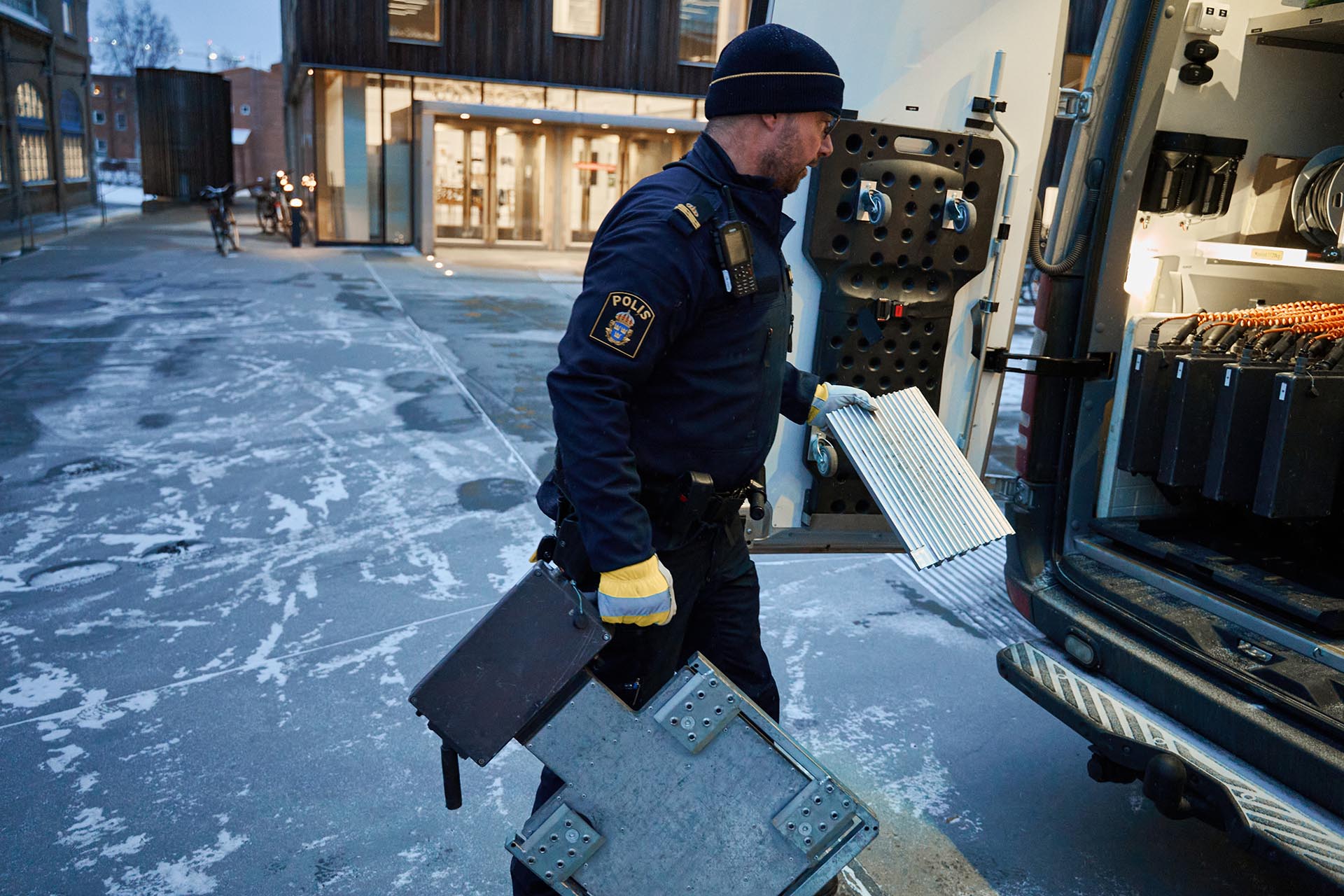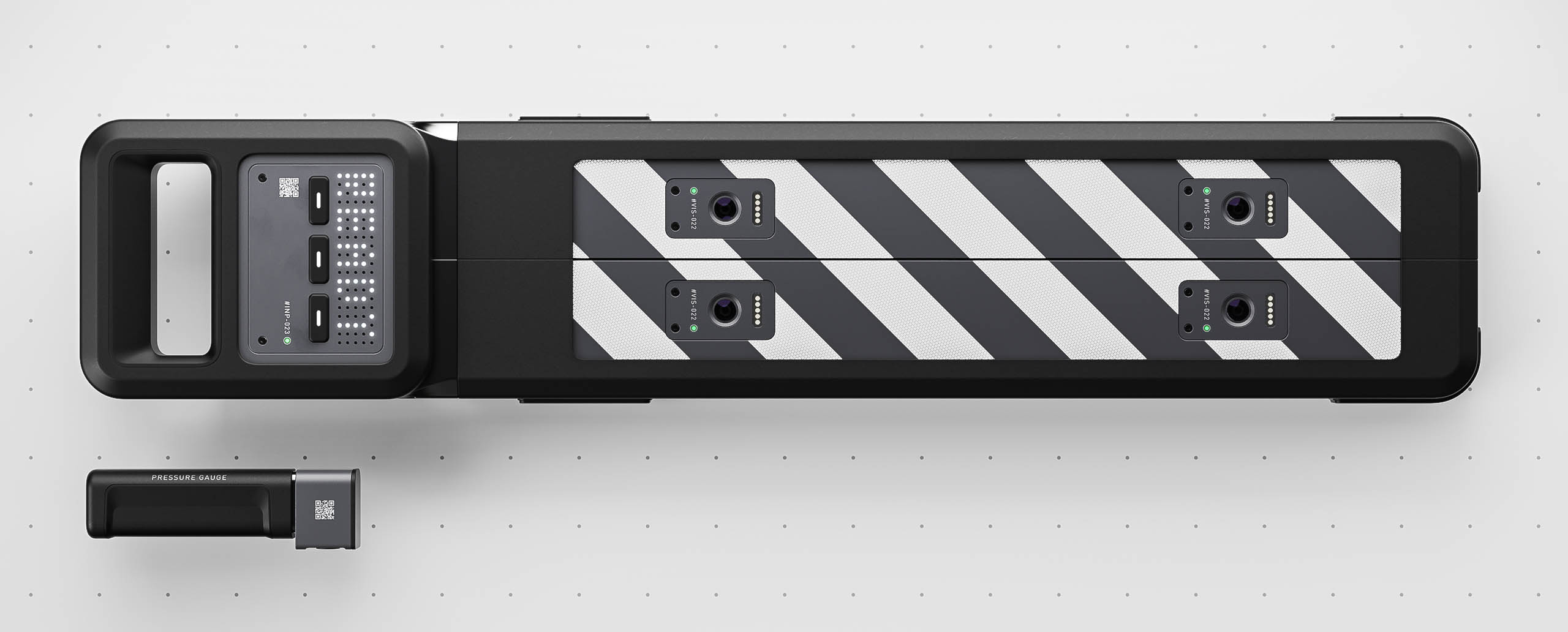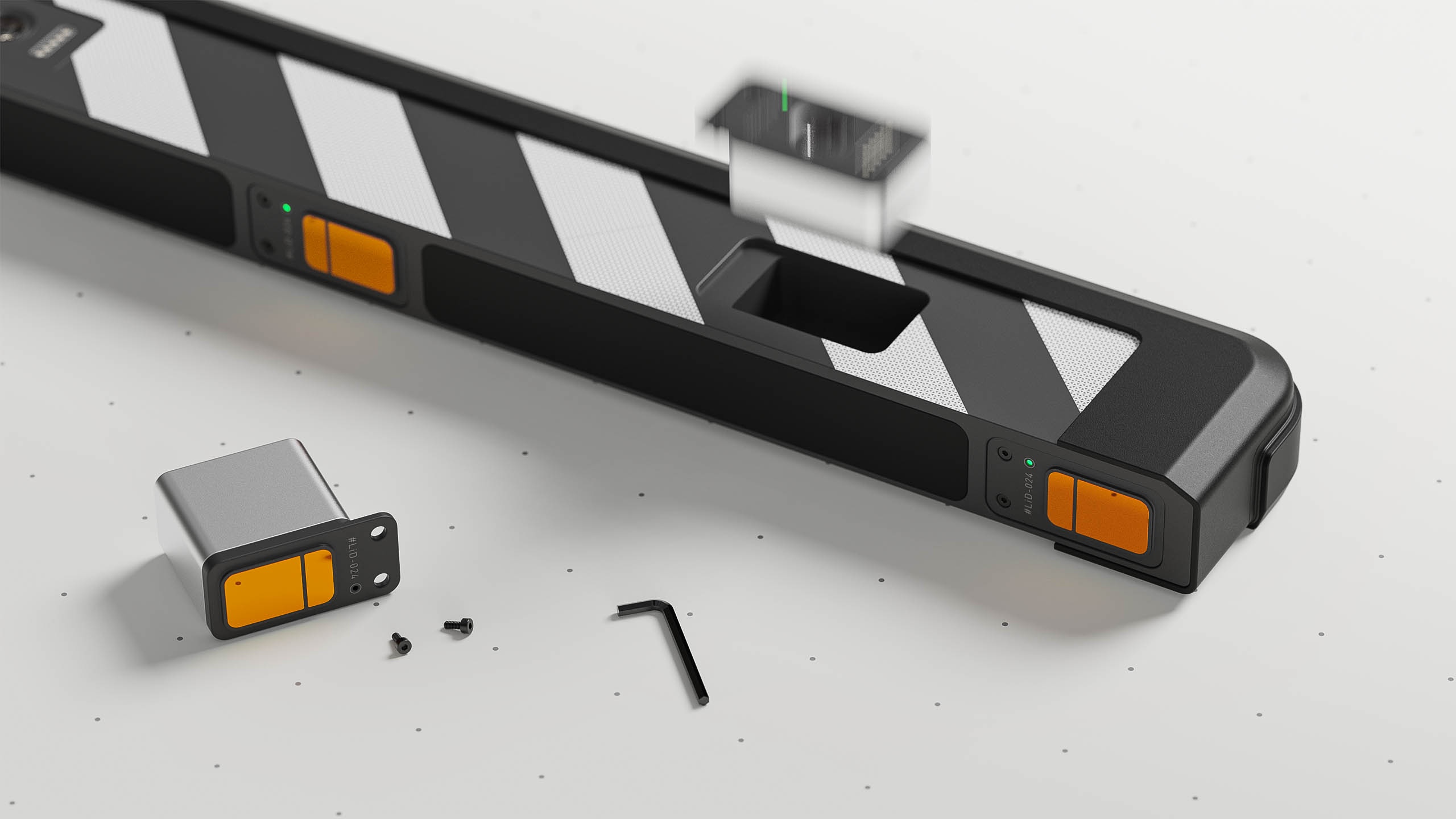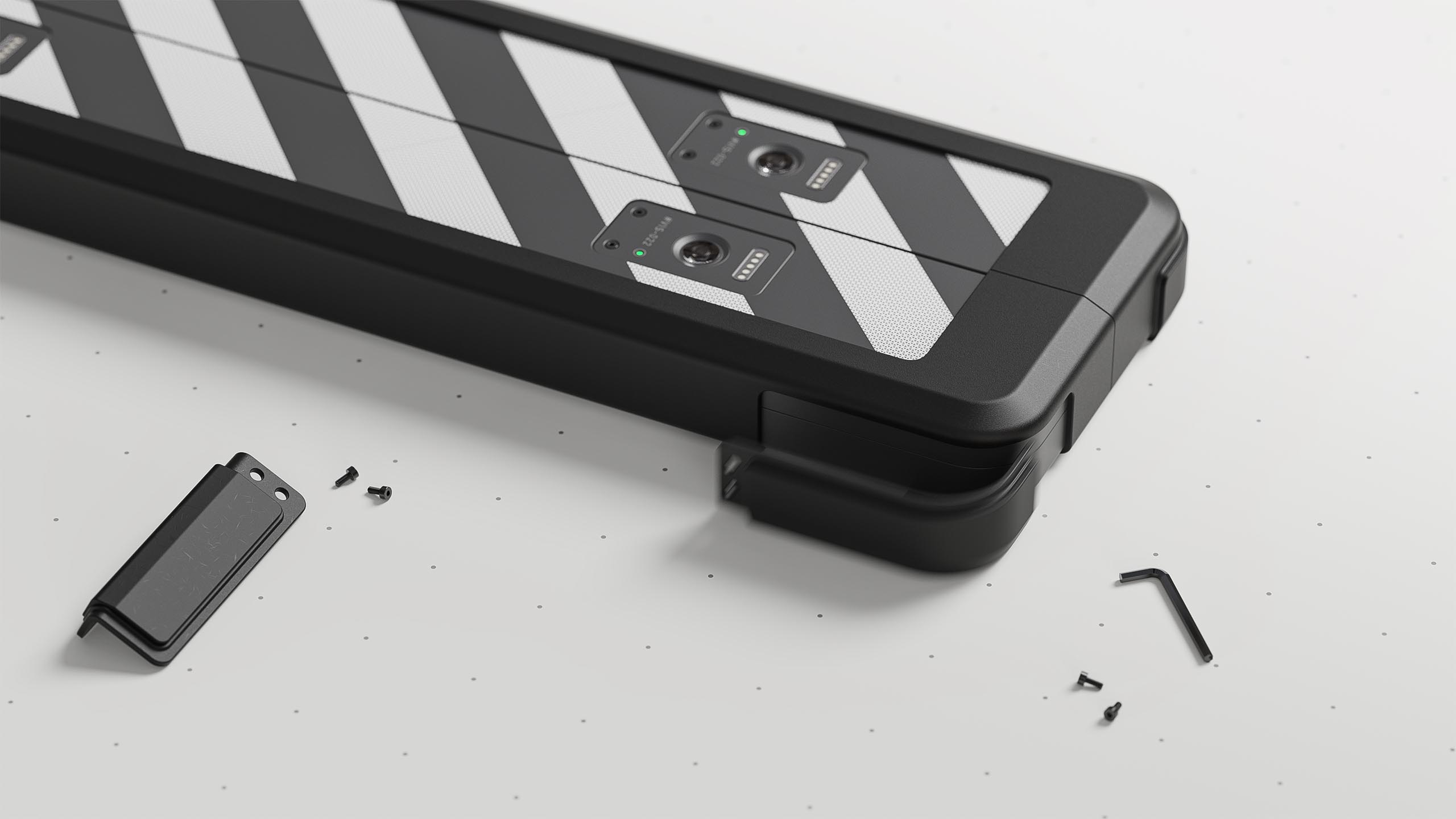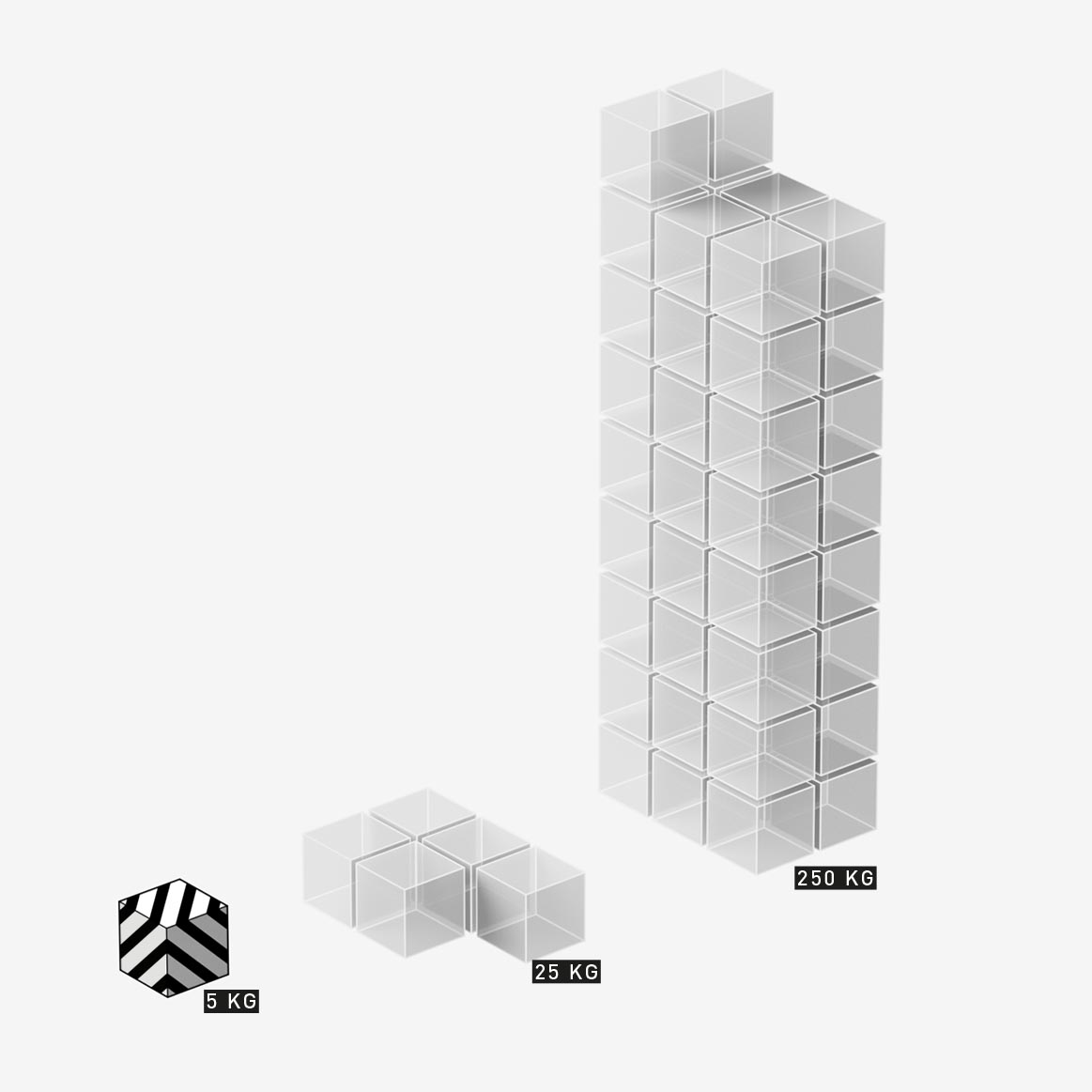About
Thanks to the collaboration with the swedish traffic police we had the possibility to follow arround officers in training and talk to seasond traffic police officers, to spot areas for improvement. We also met a special unit that is in charge of commercial trucks and trailers - This is where my journey started:
Goal
Streamline the weighing process of vehicles/trailers and making the process less labour intensive. The current process uses 10x25kg heavy duty steel scales.
Outcome
NWTN (Newton - [njuːtən]), aims to be the new standard for weighing vehicles.
It determines weight thrue vision sensors and tire pressure instead of messuring the applied force to the wheels - therefor reducing the tools weigh and size by over 90%.
NWTN - Rethinking vehicle weighing
10 Weeks Project
2022/23
Umeå Institute of Design, Sweden
Solo Project
Why is vehicle weight an important topic for the police?
Road Safety
" Heavily loaded trucks can take 20% to 40% longer to stop compared to other vehicles. "
Road Degradation
" A 12 ton load per axle causes double the wear on the road, compared to a 10 ton load [...] overweight trucks cause a potential loss of 100+ million euros per year. "
Market Advantage
" In 2021, 42% of inspected trucks in Sweden were categorized as overloaded. [...] This contributes to increasingly worse roads, safety hazards and unfair market advantages. "
High Weight
The current and other comparable scales weigh between 20-25 kg including a small add-on ramp. By putting a scale under one wheel the whole weight of the vehicle shifts, therefor all wheels have to be weighed at the same time. Thats why every system includes up to 10 scales. Resulting in 250 kg total, that officers have to handle multiple times per day.
Limited Availability
This resulting volume and weight needs a dedicated van for transportation. Because of this and the very limited availability of in-built road scales, only one police unit at a time has acess to the weighing system.
" NWTN could be a game changer " - Anders Benberg, Poliskommissarie
Weighing without a load
Once you've setup the vehicle configuration (trailer/truck, axle amount), NWTN guides you from wheel to wheel, to messure the weight that is resting on that axle. The device determines the weight without putting the weight on the actual device.
One single device
Because NWTN isn't placed underneath the tire, the weight of the truck doesn't shift. This allows for sequential weighing: wheel after wheel - reducing the amount of needed devices from up to 10 down to one.
Portable
Because NWTN isn't exposed to up to 20 tons of force, the material choice is much broader than just hardened steel. Resulting in a lighter plastic housing, that can be carried in any car or even by foot.
How is this possible? Force = Area * Pressure
Determining Area
With LiDar / simple 3d scanner, a technology thats is already widely available in phones, it is possible to determine the area of the tire that is truely in contact with the ground. This is called the tire patch.
Refining Area
A tire normaly has treading, so not all of the tire is truly in contact with the ground. The cameras help to scan the treading, to make the tire patch more accurate.
Determening Pressure
To get the last part of the equation - the pressure - the user just checks the tire pressure, with the integrated pressure gauge, that can be stored away in the handle of NWTN.
= TOTAL WEIGHT
Total Weight
So by multiplying the tire patch and the tire pressure for each wheel, the user gets the total vehicle weight. The result is approx. 98% accurate.
The analog version of this procedure with
a ruler and paper has been proofen by multiple parties and is a common technice in the U.S. Army.
Weight
NWTN is about 15-20kg lighter than a single scale. This means a 98% weight reduction
from 250kg to 5kg for the whole system.
Size
The size of NWTN is also considerably smaller with a ~95% improvment.
Time
With the help of Rikard, a traffic police officer we estimated the time to weigh a single truck could be reduced by 50%, to only 20 minutes.
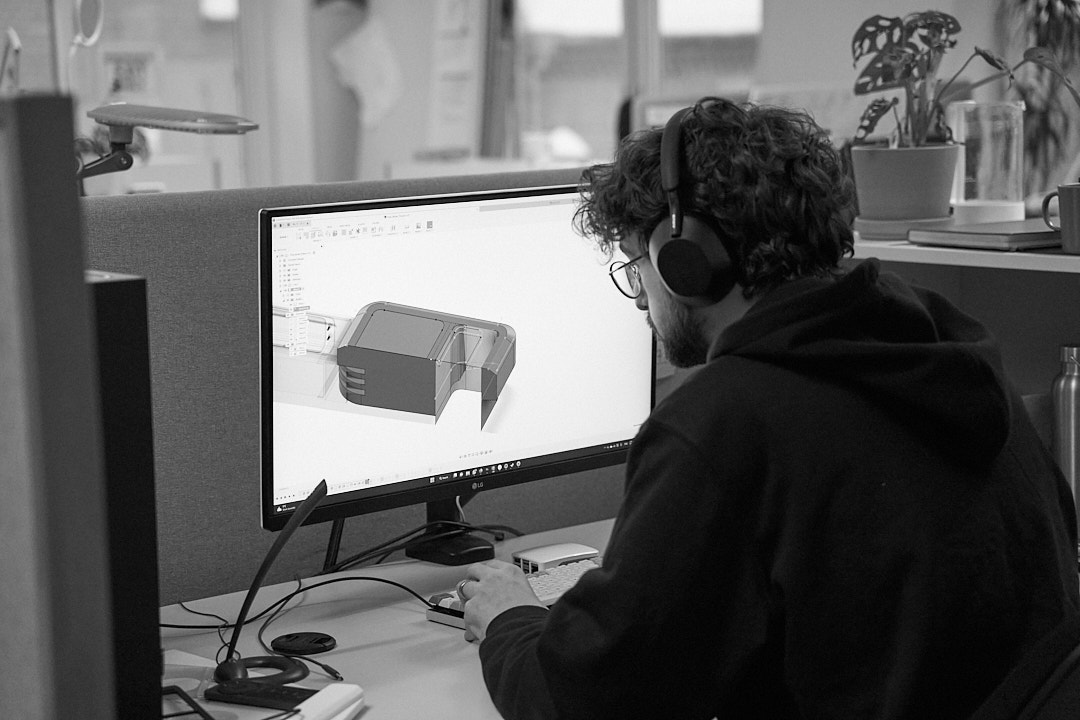
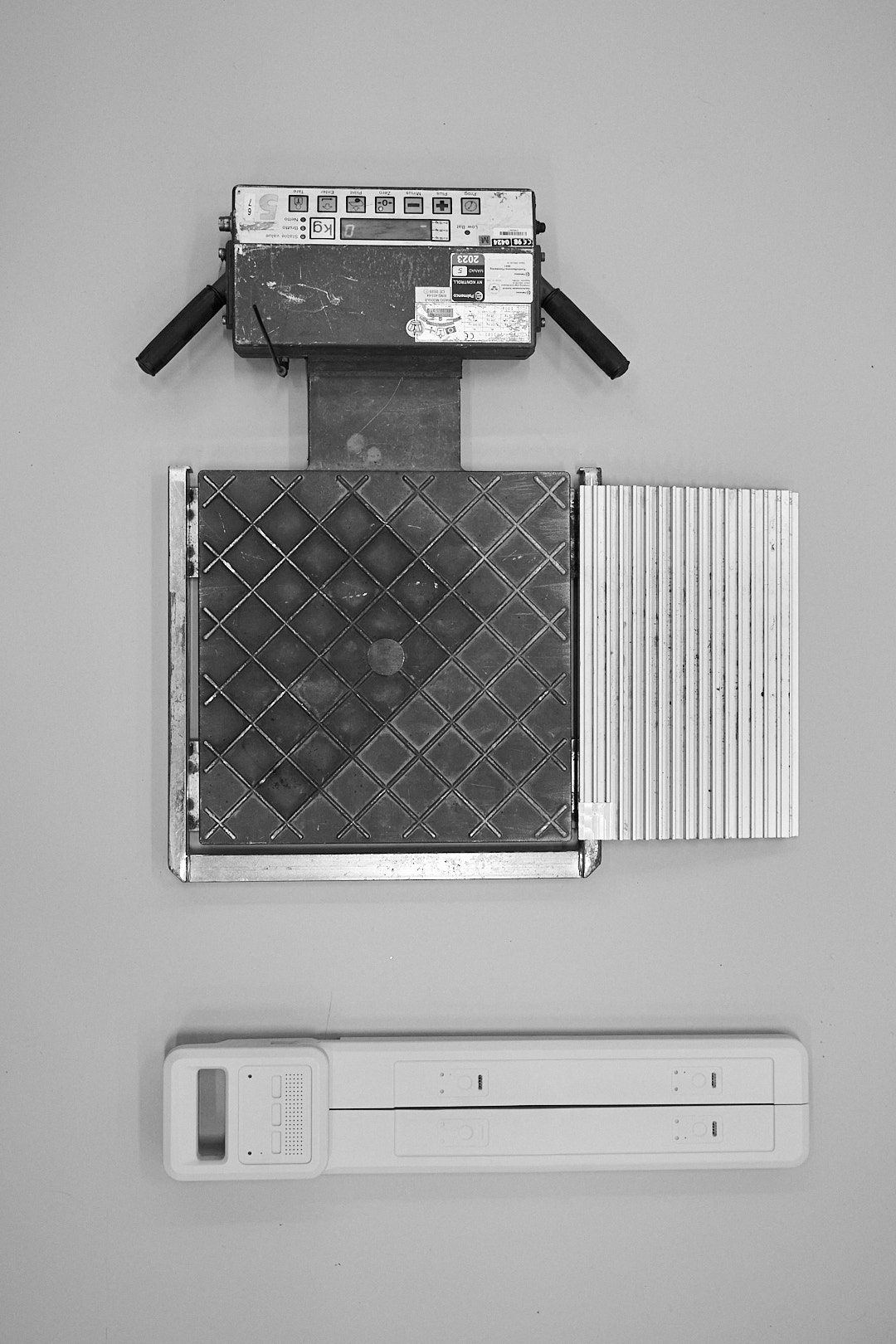
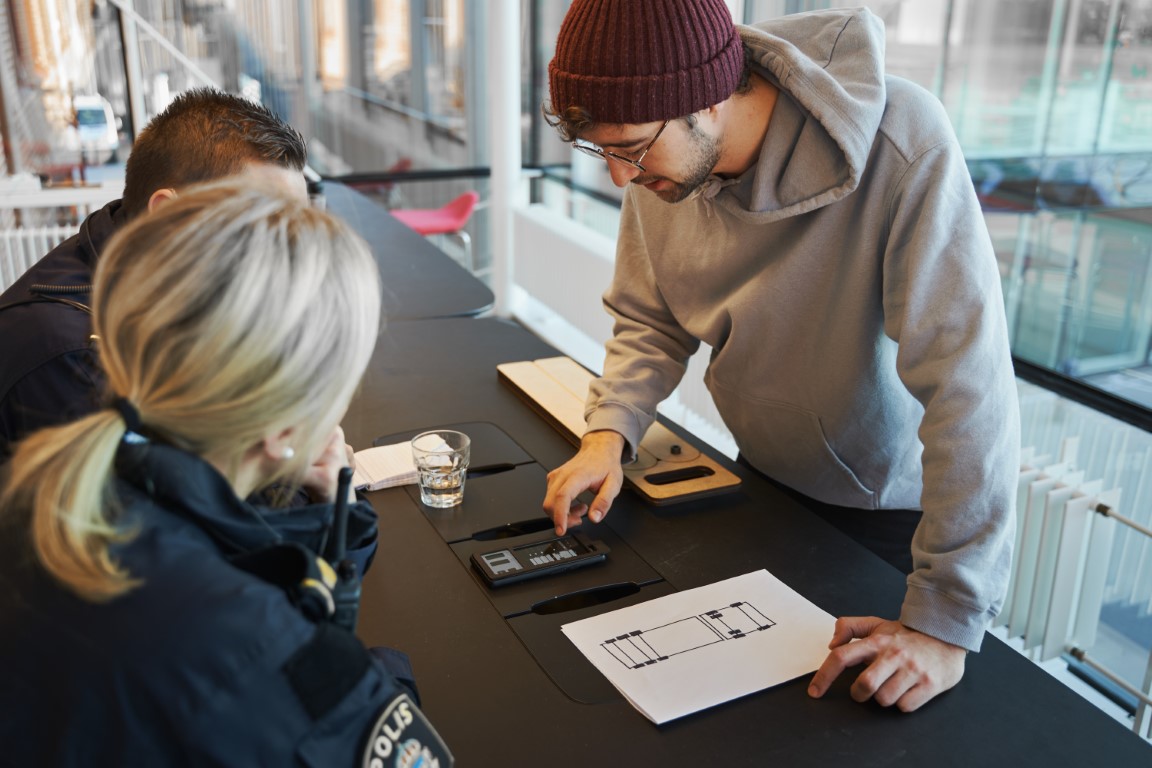
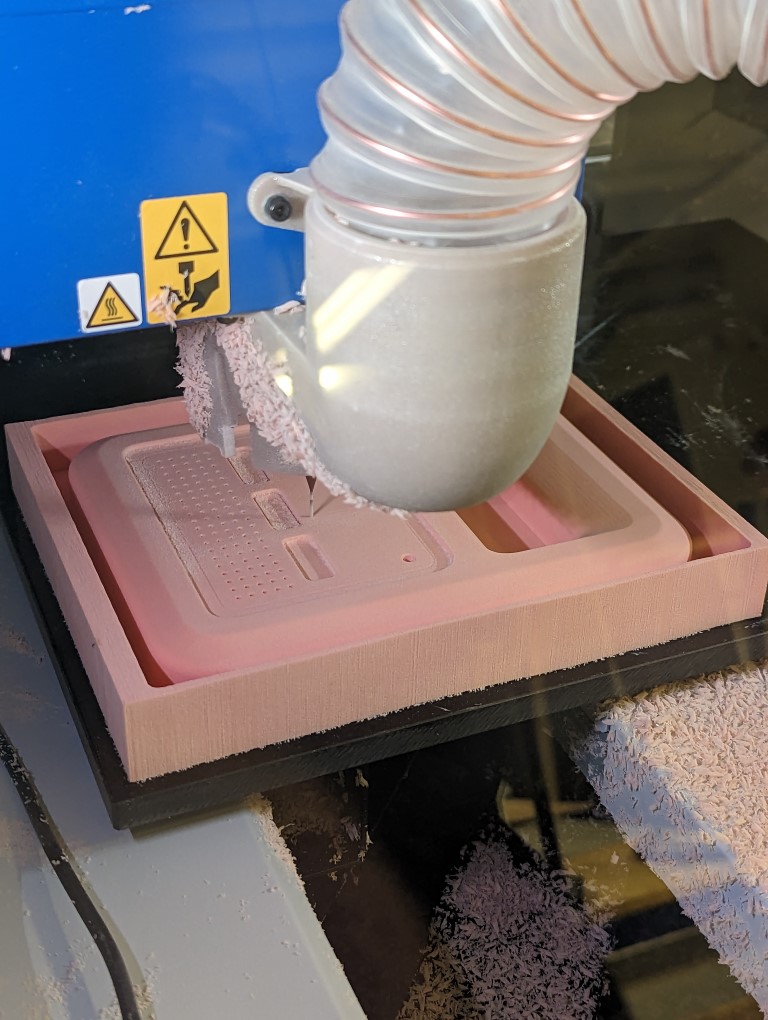
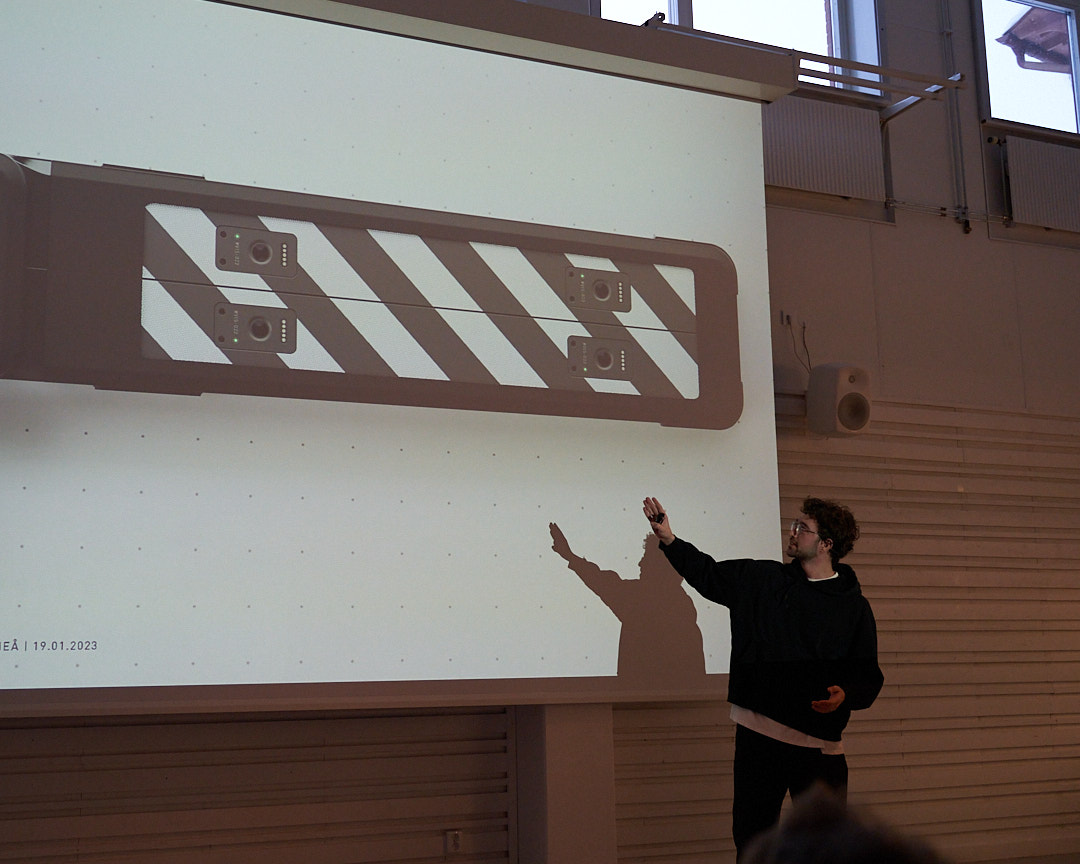
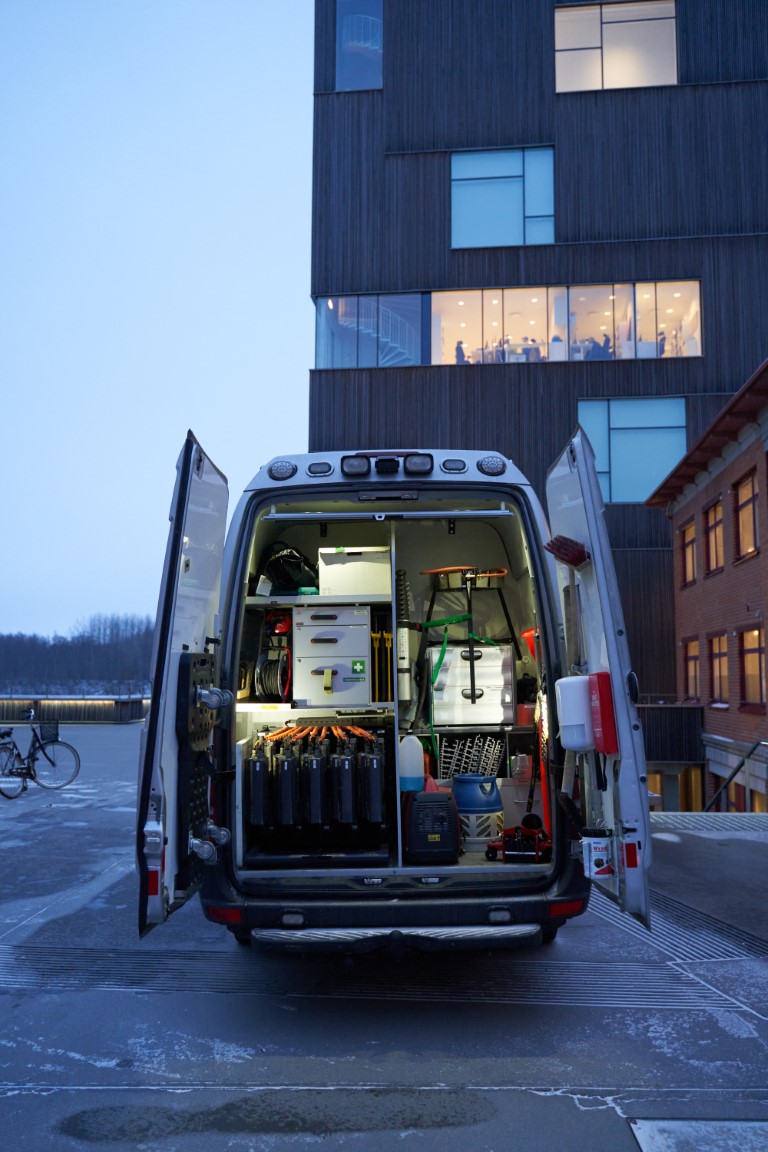
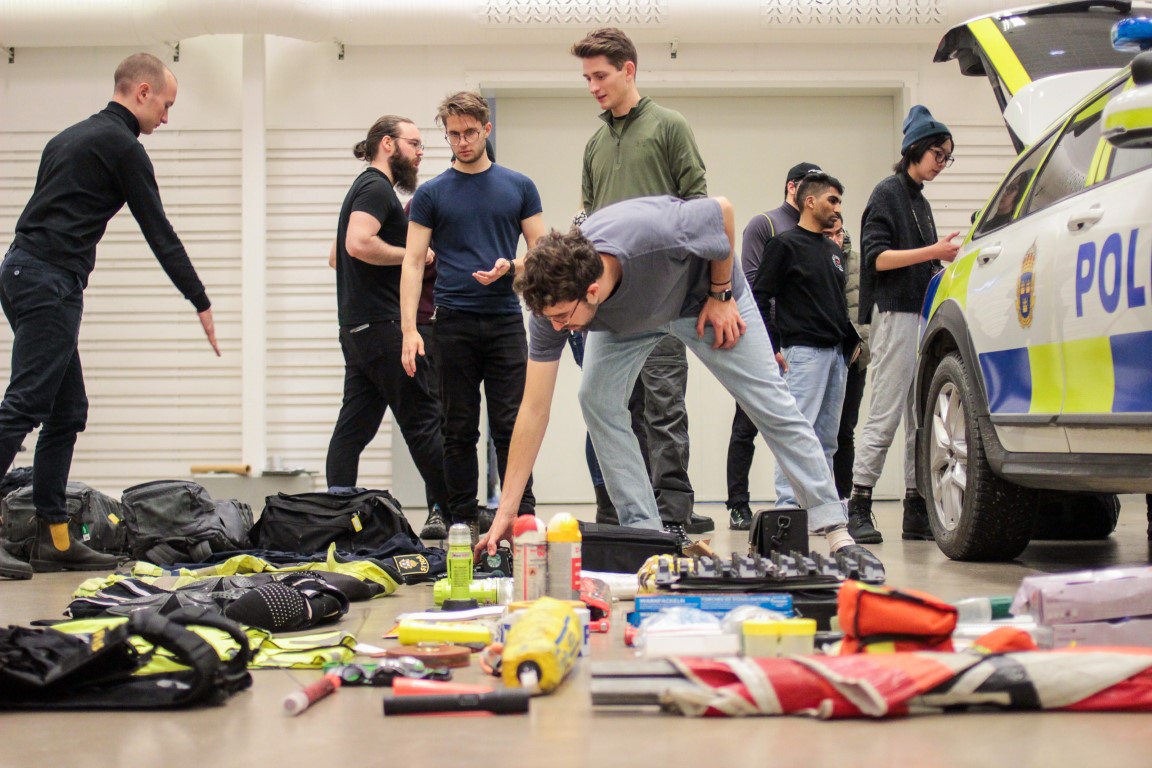
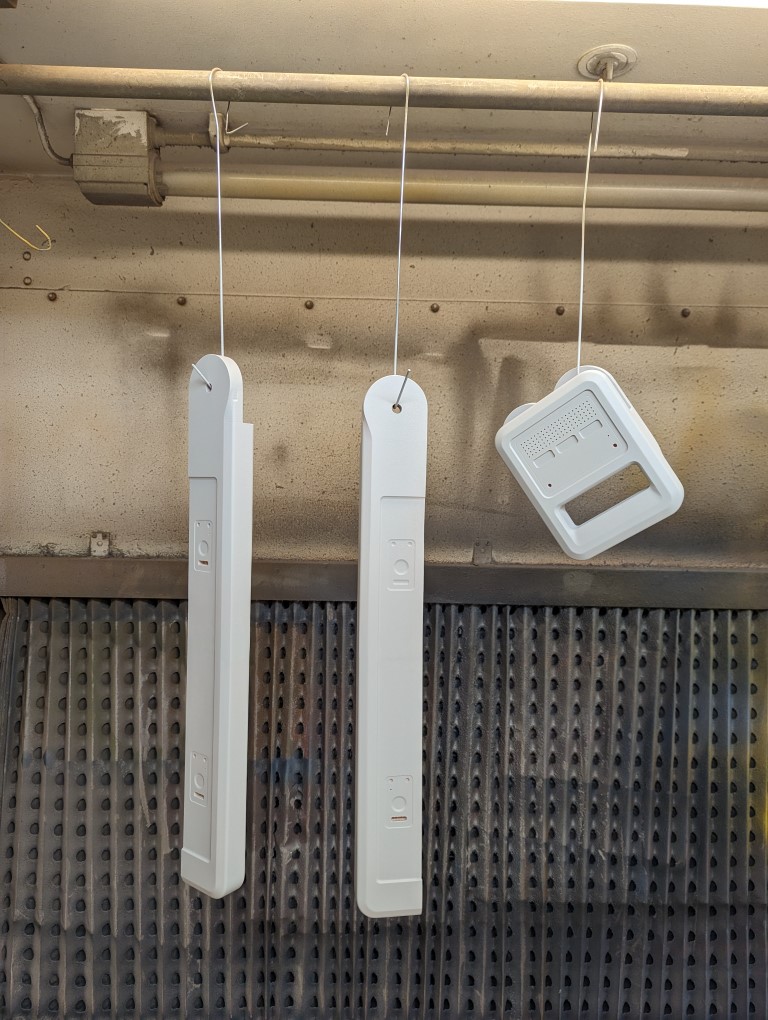
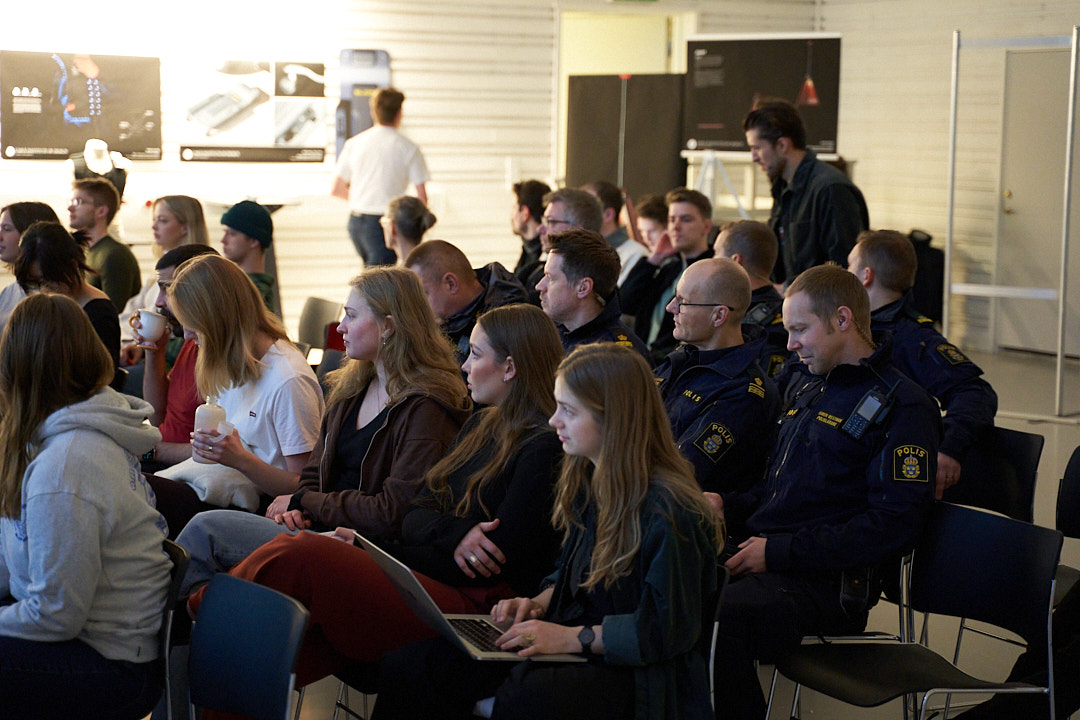
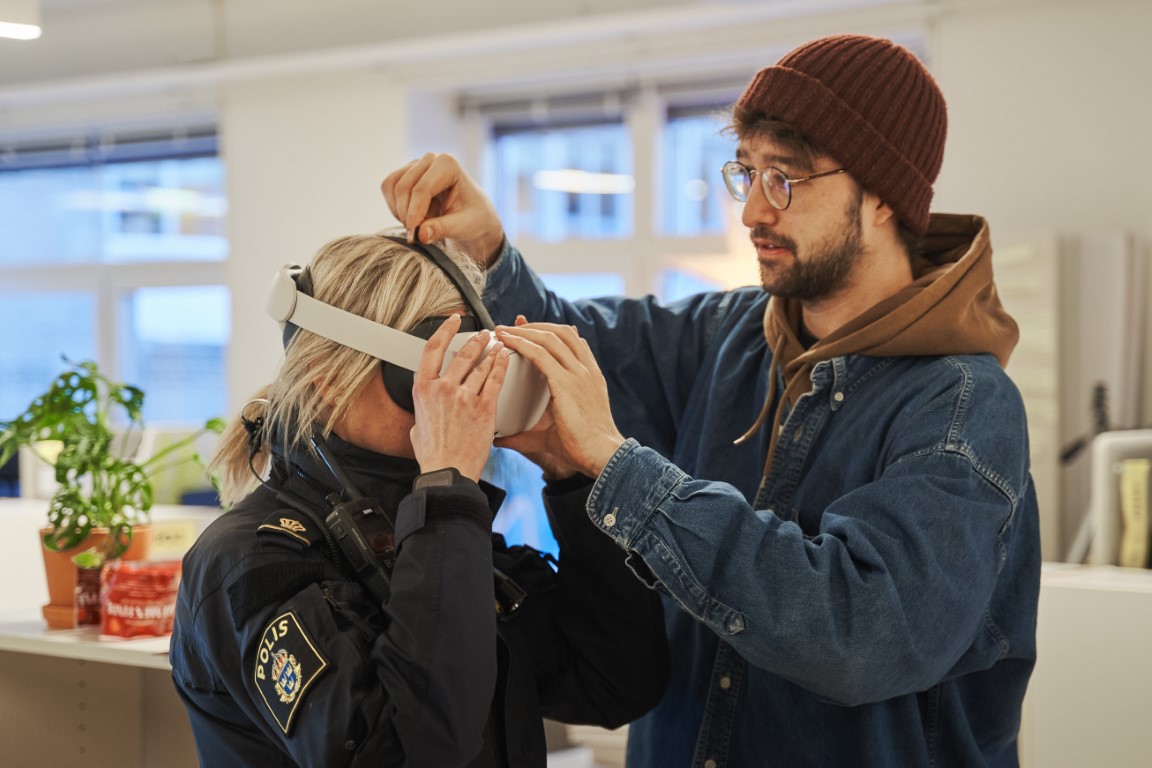
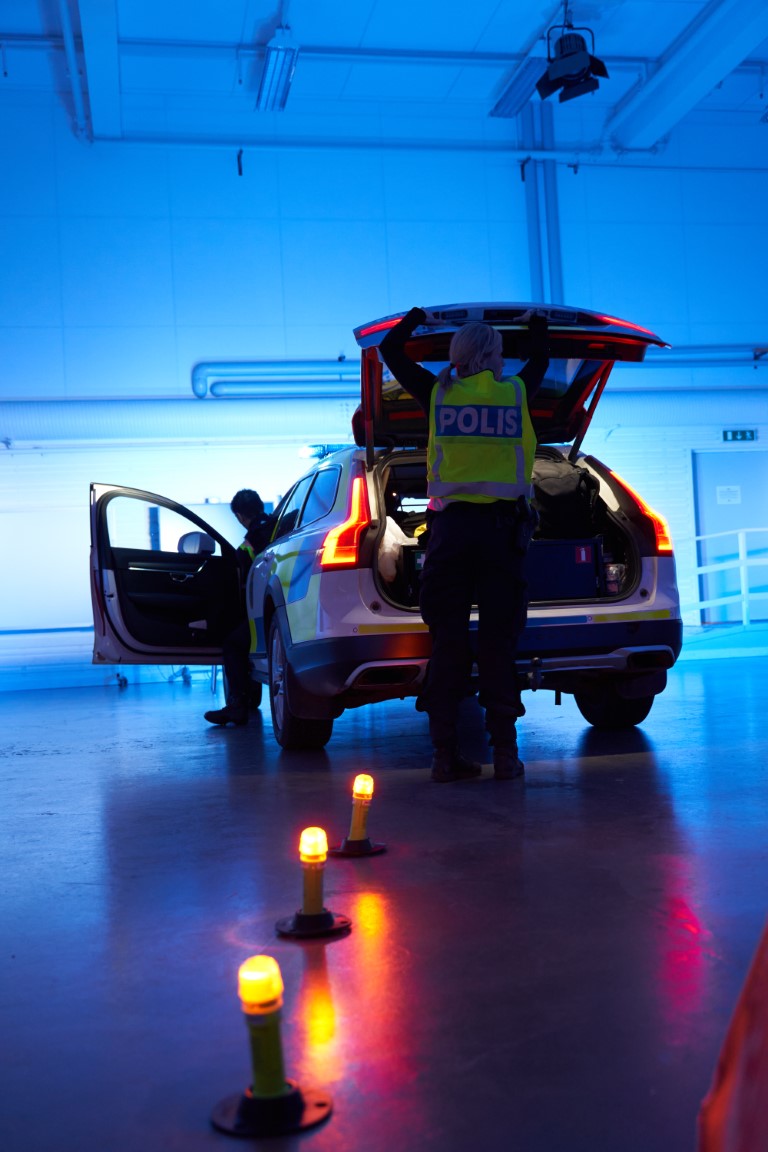
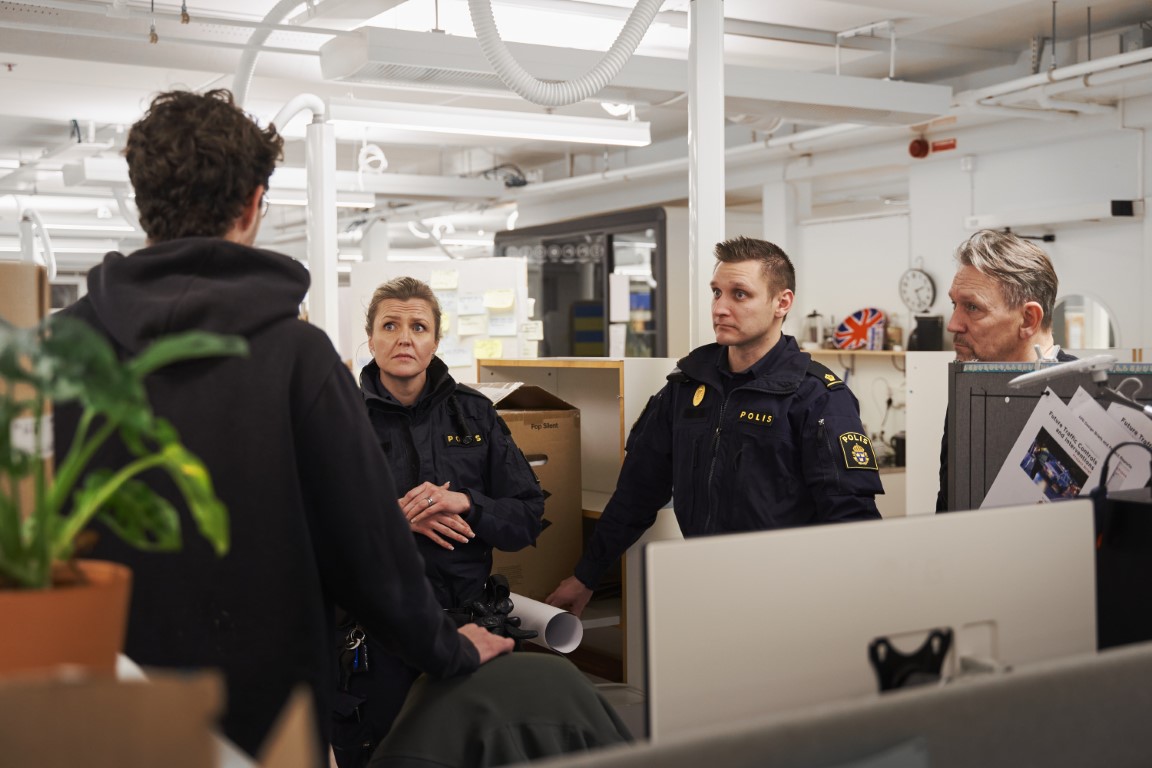
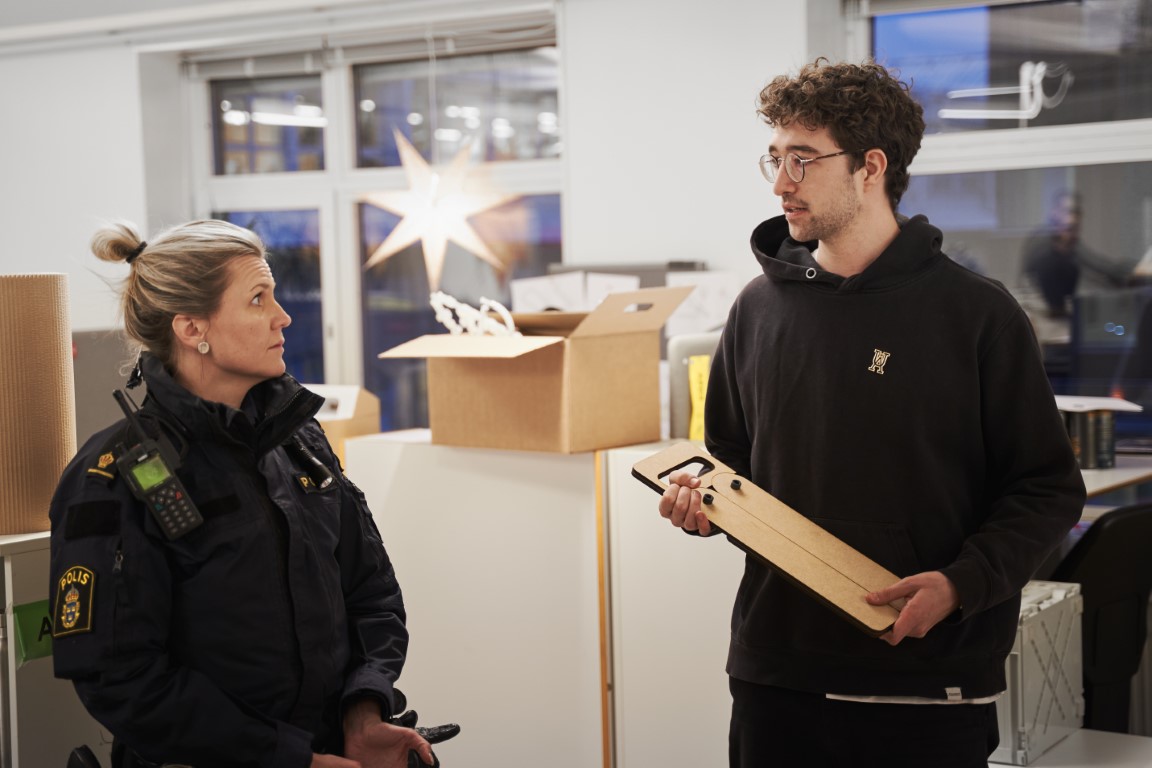
© Silvester Kössler
silvester@koe.design
+43 650 977 92 88
